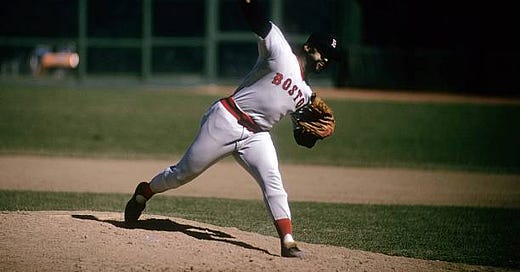From its inception, the Hall of Fame has been beholden to public opinion.
That should be obvious from its location in Cooperstown, which is not where baseball was founded, a fact everyone involved knew at the time but the general public didn’t. Because the public was still living under the fiction that Abner Doubleday had anything to do with inventing the game, the Hall’s founders and the town’s leaders decided to lean into that fiction and build a hall of fame and museum right on Main Street.
They did this because they needed the public to show up. They needed that in order for the Hall of Fame to thrive, but also to salvage the town’s economy in the middle of the Great Depression. I go into this in a lot more detail in my book (Coming to you on November 15!), but for now just trust me that this is all undeniably true.
That need for the public to buy into why they are doing has driven any number of decisions the Hall’s leadership has made over the years (also covered heavily in the book), but the most obvious has been in how and when certain players have been elected. Briefly put, a player in the news, usually for reasons of poor health or death, is far more likely to get into the Hall of Fame than an equal or better player who is perfectly healthy or has been gone too long to remember.
Here are a few of the more obvious examples of what I’m talking about.
Keep reading with a 7-day free trial
Subscribe to Lost in Left Field to keep reading this post and get 7 days of free access to the full post archives.



